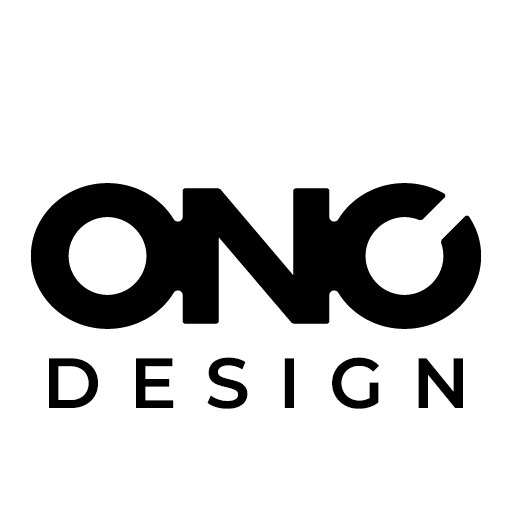Thought provoking isn’t it? Well, it is financially speaking.
However your work, on the other hand, is pure potential!
An idea must first materialize in some form, writing, illustrations, models… a work. When you need to sell your work, challenges arise.
“I have an idea, but how can I show it and be sure that those I show the idea to won’t run off with it?”
“Is it good to use an NDA?”
My advice is, DO NOT use an NDA!
- NDAs can create distrust between designers and clients.
- Many refuse to sign on principle because if it turns out that a similar project is already being worked on internally, an NDA will lock the project.
- An NDA can stifle the designer’s creativity. Designers need to be free to experiment and share their ideas.
- An NDA can be unnecessary. In many cases, the information that designers have access to is not sensitive enough to require an NDA. A client can take other steps to protect confidential information.
- An NDA can be difficult to enforce. If one party breaches an NDA, it can be hard to prove. It can be costly and time-consuming to litigate.
Fortunately, there are several easy solutions:
Documentation, documentation, and more documentation.
- Send yourself a registered and sealed letter/package containing documents, USB stick, etc.
- The registered letter/package should only be opened (by the court) if it goes to court.
- You can make an exact copy for yourself so you can precisely see what the contents of the sealed letter/package are.
- Include the person’s/company’s name, address, phone number, email, and website on all documentation.
- Date all documentation.
- Use strict consecutive numbering on documents, e.g., page 1 of 12.
- It is only an advantage if you send your presentation/pitch via email, as this documenting exactly what you are showing.
- You can send the presentation/pitch just before, during, or right after, regardless of whether the meeting was physical or digital.
- After having a meeting, send an email immediately.
Include this:
- Date
- Who attended
- What you talked about
- What you agreed on
- Send the email to indicate whether the project has been accepted or rejected; it can serve as evidence.
- You can choose to present the work generally and state that you will happily reveal details when you have agreed on a letter of intent with a producer or due diligence with investors.
- A letter of intent, also known as an LOI or Term Sheet, is a form of agreement where the parties in a forthcoming transaction or collaboration formally confirm their intention to enter into a final contract or agreement.
- Due diligence is a process or attempt to gather and analyze information, conduct a risk assessment before making a decision or executing a transaction, so that one party is not held legally responsible for loss or damage.
These were just a few, but important, pieces of advice for initiating a trusting and hopefully fruitful collaboration.
Best of luck with your creative idea!

